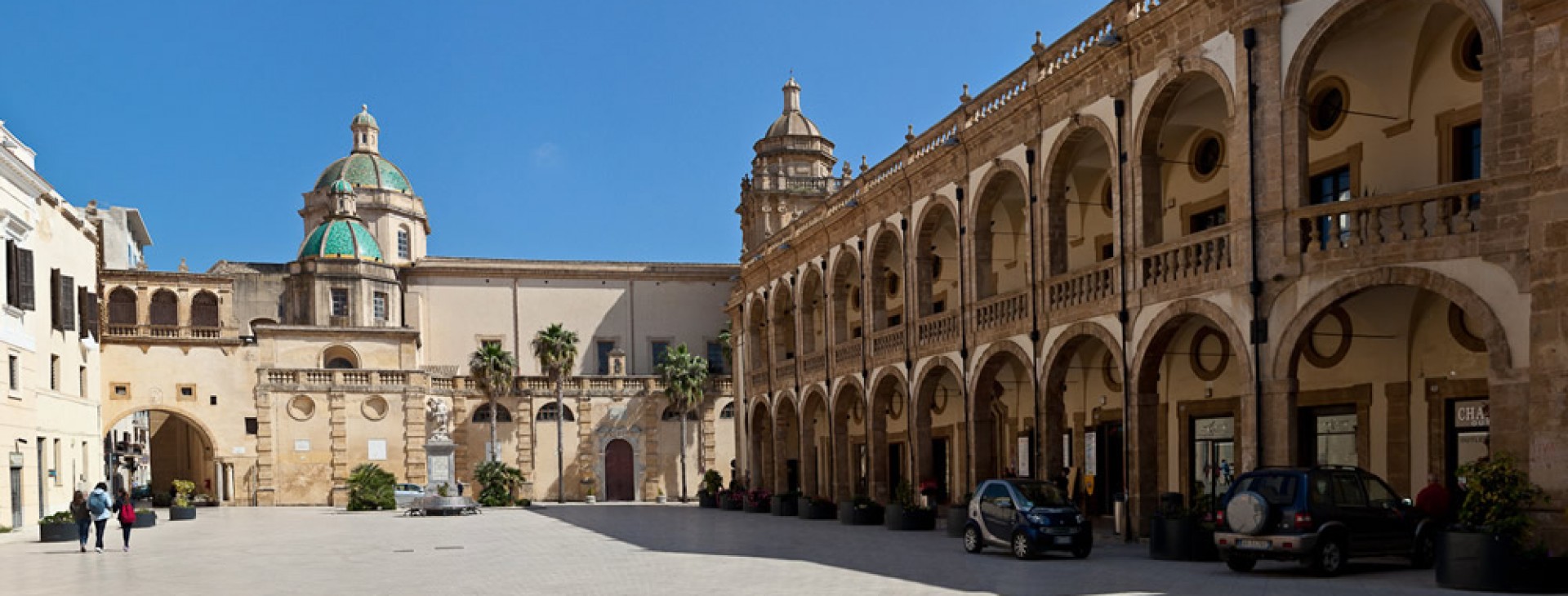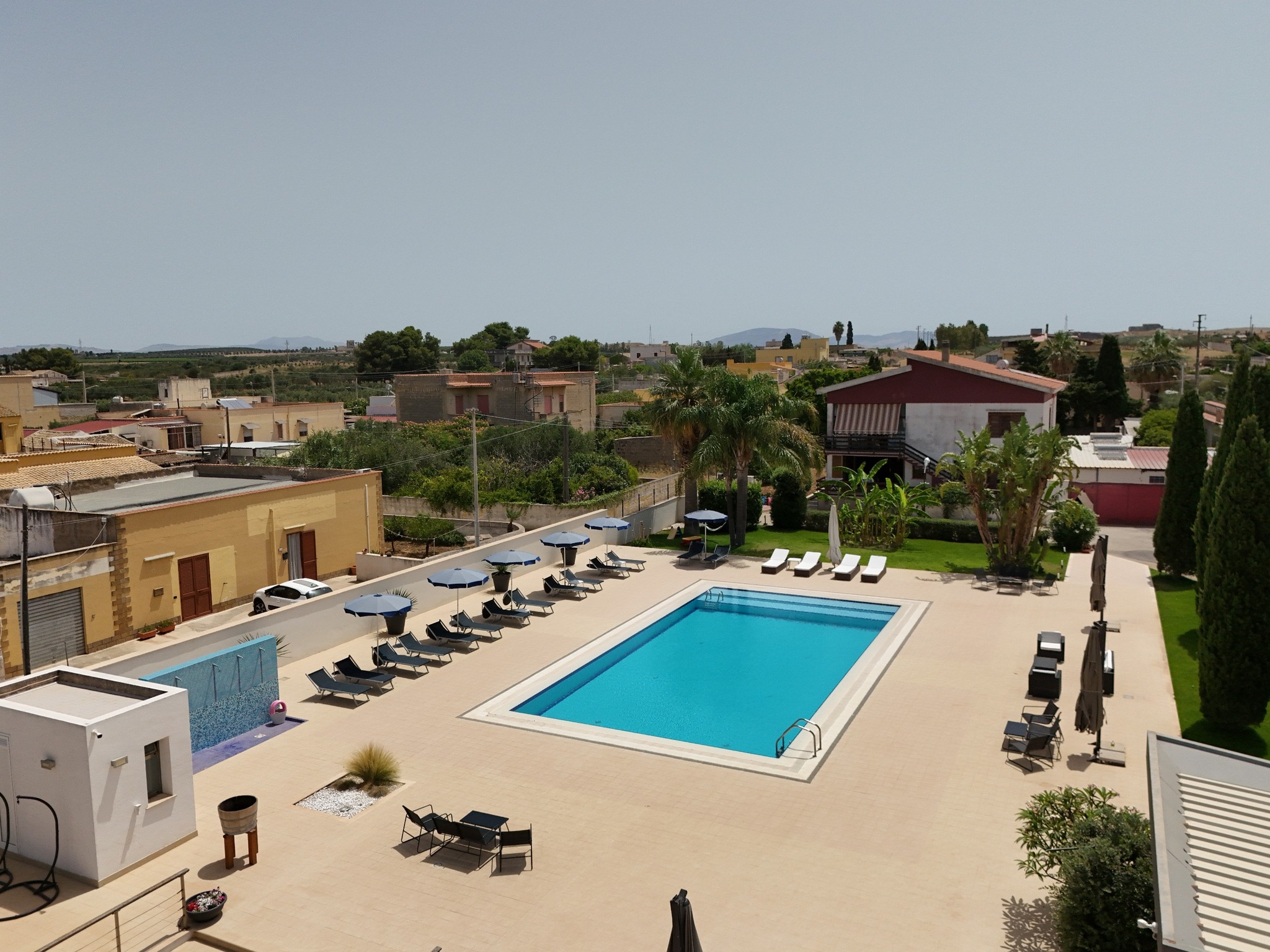
Mothia salt pans, Marsala, Mazara Del Vallo
Duration 7 hours approxStarting From 290 € per person
Tour of the Mothia salt pans and the cities of Marsala and Mazara Del Vallo.
Mothia
In the middle of the salt pans between Trapani and Marsala lies the small Island of San Pantaleo, owned by the Whitaker family since the early 20th century. The island is accessible by boat from the dock next to the windmill at the Ettore & Infersa salt pans, undoubtedly the most charming of the many mills scattered throughout the area. Visiting the island of Mothia means immersing yourself in a world where time seems to have stopped, and feeling like true archaeologists discovering the fascinating Phoenician settlement of Mothia. Inside Villa Whitaker, there is a museum, which is worth visiting to admire the splendid Mothia Youth, dating back to 440 BC.
Marsala
The exact time when the first inhabitants settled in the Marsala area is unclear. The oldest traces date back to the Lower Paleolithic, and remains of ancient settlements continue to be discovered today. Covering 25,000 hectares with a population of 80,000, Marsala is situated on a pleasant promontory overlooking the sea. In ancient times, the historic center was enclosed by a nearly square city wall with imposing gates on all four sides. Today, only two of the original gates remain: Porta Garibaldi, with a Latin inscription entrusting those who enter and exit the city to God, and Porta Nuova.
The first area to develop urbanistically was the island of Mozia, which the Carthaginians turned into an important commercial hub for their Mediterranean trade. In 397 BC, Dionysius the Elder, tyrant of Syracuse, reduced Mozia to rubble. The inhabitants then took refuge on the nearby promontory, where the city of Lilibeo was established, named for its geographical location facing Libya, according to the Phoenicians.
During the Punic Wars, Lilibeo played a major role due to its strategic maritime position and difficult underwater terrain. In 250 BC, during the fourteenth year of the First Punic War, the Roman army arrived at Lilibeo with 200 ships to lay siege, managing to conquer it only after ten years. Following the Carthaginians, the Romans continued to use the city as a naval base.
Garibaldi landed in Marsala with his Thousand and, along with Sicilian volunteers, liberated southern Italy from the oppressive Bourbon rule and handed it over to Vittorio Emanuele. Every year, on May 11th, Marsala commemorates this significant historical event with city-wide celebrations.
In 1943, on the same date, Marsala suffered severe bombing during World War II, causing extensive damage and hundreds of deaths, earning it the Gold Medal for Civil Valor.
In the 1500s, Marsala was a thriving economic center thanks to cereal cultivation, livestock farming, and salt production, with facilities still operating in the Stagnone area. The wine industry remained local until the 1700s when English merchants made it famous worldwide. On May 11, 1860, Marsala officially entered the history of Italian unification.
Mazara del Vallo
Mazara del Vallo, located in the province of Trapani, stands on an ancient Phoenician site along the western coast of Sicily, between Capo Boeo and Capo San Marco, about 200 km from the coast of Tunisia. The name Mazara means “Castle” in Arabic, and “Port”. The city, which has existed since pre-Hellenic times, features a maze of streets reminiscent of Islamic medinas. The heart of Mazara is its bustling port, always busy with people involved in the fish trade. Nearby is the Norman church of San Nicolò Regale, built in 1124. The Jesuit College and Piazza Plebiscito, bordered by the façade of the church of San Ignazio and the adjacent former Jesuit College (17th century) with its 24 Doric columns and imposing arches, are also worth visiting.
Piazza della Repubblica is the main city square, home to the Basilica-Cathedral (of Norman origin but reconstructed in Baroque style), the 16th-century Bishop’s Palace, and the 1710 Episcopal Seminary Palace. The Cathedral houses many Roman sarcophagi. Other notable churches include the 12th-century Church of San Michele, the 1318 Church of Santa Caterina (reworked in the Baroque period), and the Church of San Francesco, an example of Sicilian Baroque with rich polychromy and decorations. Piazza Mokarta is ideal for those looking for shops and restaurants, offering a beautiful view.
Mazara del Vallo, with about 51,424 inhabitants, is now the most important fishing port in Italy and the second largest in Europe, largely employing Maghrebian labor. The city gained fame in March 1998 when a local fishing boat recovered a large Hellenistic bronze sculpture, known as the Dancing Satyr, from about 480 meters deep in the Sicilian Channel. After restoration and a brief exhibition in Rome, the statue was displayed at Expo 2005 in Aichi, Japan, from March 25 to September 25, 2005. Since then, the Dancing Satyr has been on display in Mazara del Vallo at the eponymous museum in Piazza Plebiscito.
In June 2010, Mazara del Vallo was recognized by the Regional Department of Productive Activities as a town with a predominantly tourist economy and an art city. In August 2010, it was classified by the Regional Department of Tourism, Sport, and Entertainment as a tourist-oriented town. Mazara del Vallo has become an important center for Islamic studies, focusing on literature, poetry, law, and religion. The historic center’s road system, the Casbah, still displays its Arabic origins.
Excursion Details:
- Duration: About 7 hours.
- Price: Includes up to 3 participants. Additional participants, see booking form prices.
- Notes: Meals, entrance tickets, and guides are not included.
- Booking: Book directly using the form by selecting date, time, and participants.
Useful Links

For info or custom services
Contact Us











